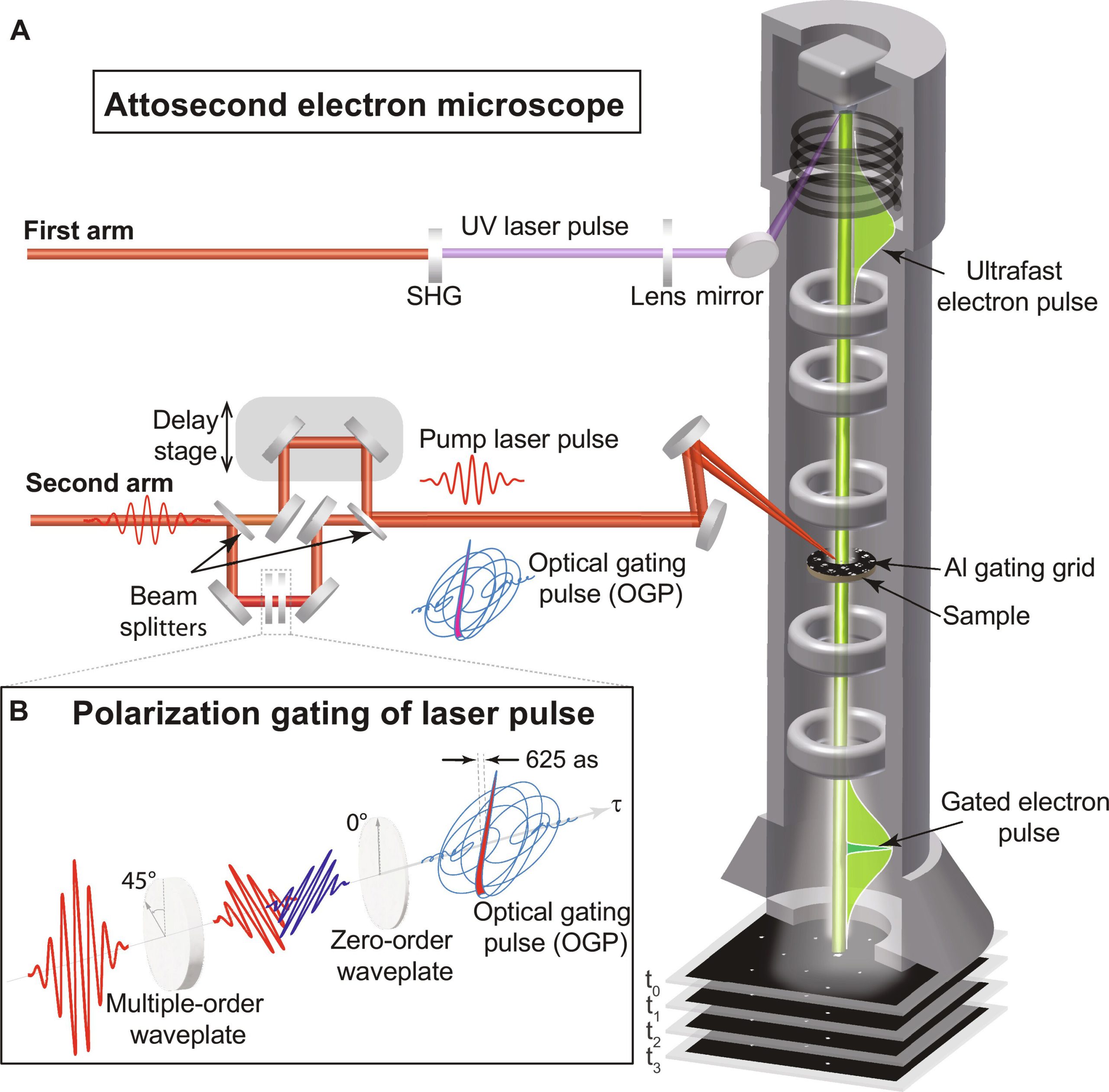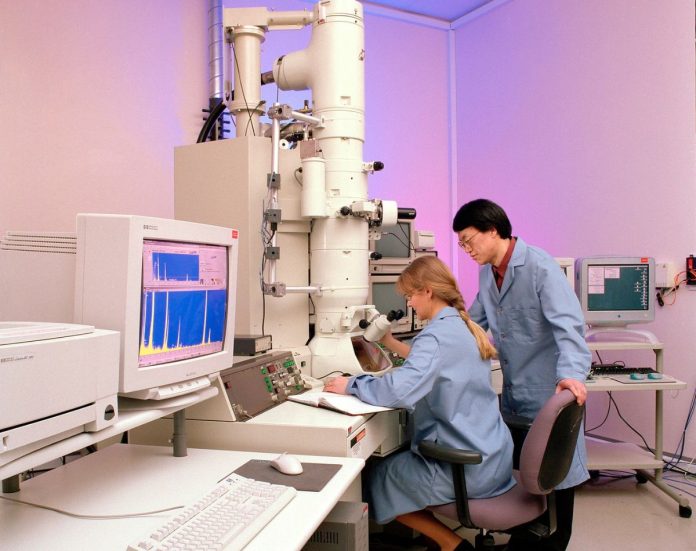World’s Fastest Microscope – Updates on AI & Technology by Outreinfo
The world’s fastest microscope has been developed by researchers, which is a first-of-its-kind tool for watching electrons moving. This latest edition of a transmission electron microscope is so sophisticated that it records images of electrons through pulses that only last one quadrillionth of a second. It is amazing that this kind of breakthrough could happen because electrons can travel at speeds close to 2,200 kilometers per second, taking only 18.4 seconds to go around the Earth.
The research team, whose results were published on August 21st in the Science Advances journal, is hoping that this groundbreaking device will result in new findings about electron behavior. Mohammed Hassan who serves as an assistant professor in physics and optical sciences at the University of Arizona and also wrote the paper gave insights on why this finding was important.
“This transmission electron microscope is like a very powerful camera in the latest version of smart phones; it allows us to take pictures of things we were not able to see before – like electrons,” he stated. The study which allows for observing moving electrons can help people further understand quantum physics and behavior associated with these mysterious particles.
A Quantum Leap in Understanding Electrons
Physics and chemistry are highly concerned with the movement and organization of electrons in atoms and molecules. However, due to their incredible swiftness, studying electrons has been quite difficult. In the early 2000s, physicists discovered a way of producing attosecond pulses (1X10^-18 seconds), for which they were awarded the Nobel Prize in Physics in 2023.
By using these short bursts of energy, scientists could observe how the charge is carried by electrons, how they act in semiconductors as well as liquid water, and how atoms’ chemical bonds break down during this process.
Yet, even attosecond pulses were not quick enough to capture single electron movements. The problem persisted; how could one create an exposure time that was short enough to see these fast particles properly?
Achieving Attosecond Resolution

To overcome these constraints, the authors of the study modified an electron gun, which finally generated a pulse lasting only one attosecond. When the pulses hit the material being examined, electrons slow down and change the shape of the electron beam wavefront. Then, this decelerated beam is magnified using a lens and focused on a fluorescent material that emits light when it touches.
Scientists could induce and observe ultrafast motions of electrons within atoms by synchronizing two coincident light pulses with an electron pulse. Hassan’s “attomicroscopy” represents a milestone in electron imaging towards unprecedented resolution in time allowing for direct observation of moving electrons.
Implications for Quantum Physics
Being able to capture electron movements with such a high degree of precision opens up completely new areas of scientific research. The understanding of the behavior and movement of electrons could spur advances in quantum physics, chemistry, and materials science. The world’s fastest microscope is hoped to be a novel tool that can provide previously unattainable insights to give a more transparent view of basic mechanisms controlling matter’s actions.
Hassan expressed optimism about the potential of this new technology. “For the first time, we can see pieces of the electron in motion,” he said. This ability could change how we understand quantum mechanics and lead to innovative applications across different disciplines.
The world’s fastest microscope being developed marks an important moment in electron dynamics research. Images of moving electrons have opened up new avenues for scientific investigation. The implications arising from this advancement are vast and it will most likely serve as a springboard for more research and innovation in the future. Blog by Outreinfo

